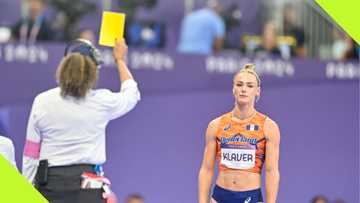What is offside in hockey? A simple guide to understand rules
Hockey is among the most famous sports in the world. Although it is a fast-paced and exciting sport, inexperienced players and the least followers may find some regulations, such as offsides, difficult to understand. Here is a detailed guide to offsides in hockey and examples.
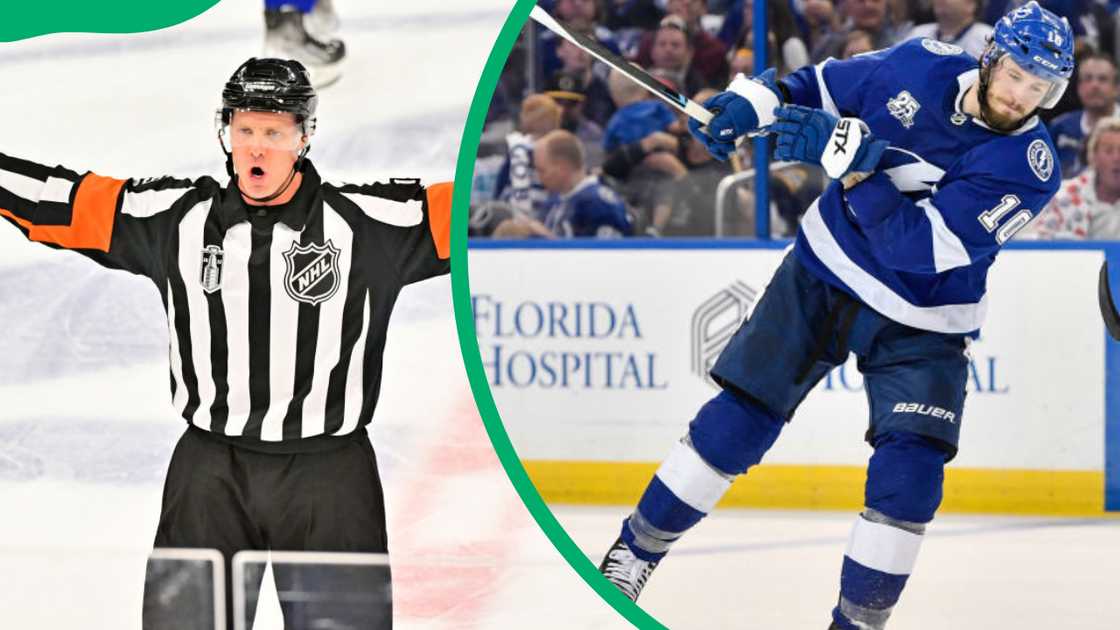
Source: Getty Images
TABLE OF CONTENTS
The rule helps to keep the game fair and exciting. It prevents athletes from gaining an unfair advantage during a game. The rule encourages teamwork and skilful play to avoid breaching and punishment.
Offsides in hockey explained
According to USA Hockey and Refr Sports, the offence happens when an attacking player enters the offensive zone, which is the space between the goal line and the opponent's blueline before the puck does.
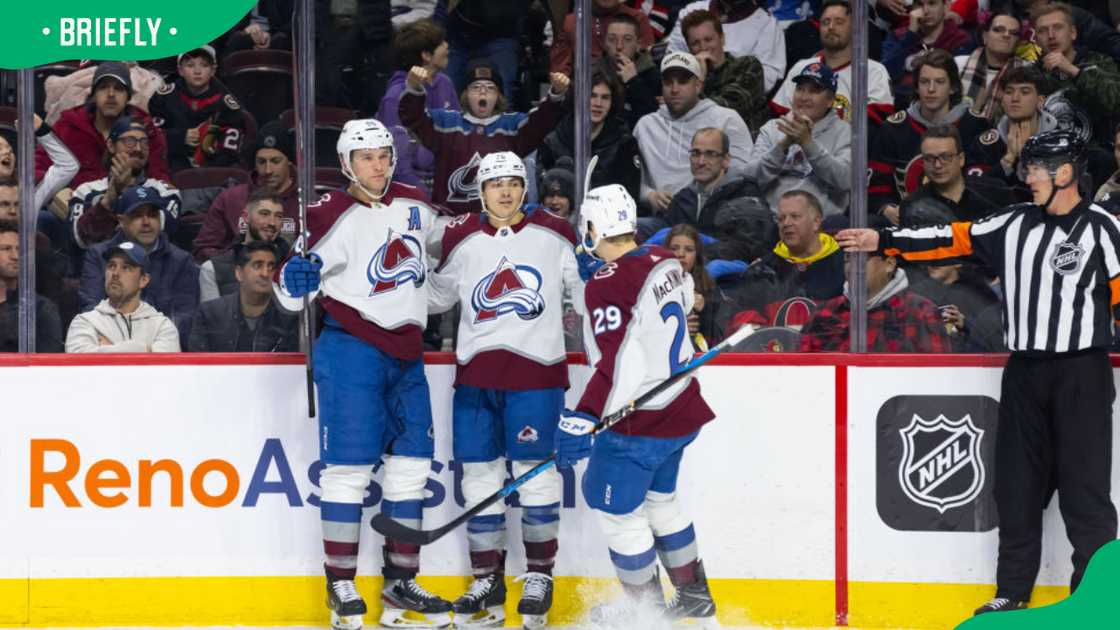
Source: Getty Images
The puck must cross the blue line before an attacking athlete enters the offensive zone. The regulation guarantees equitable plays by prohibiting athletes from unfairly obtaining an advantage over their opponents.
How do offsides work in hockey?
The three zones of an ice hockey rink, offensive, neutral, and defensive, help to clarify how it is played. Blue lines denote these zones.
A player is offside when both of his hockey skates completely cross the attacking-zone blue line before the puck completely crosses. When the puck crosses the blue line into the offense zone, then it is considered onside. The referee halts the game when a player is caught offside.
A faceoff outside the attacking zone starts the action again. If the attacking athlete has only one skate over the blueline and one on it, he is onside.
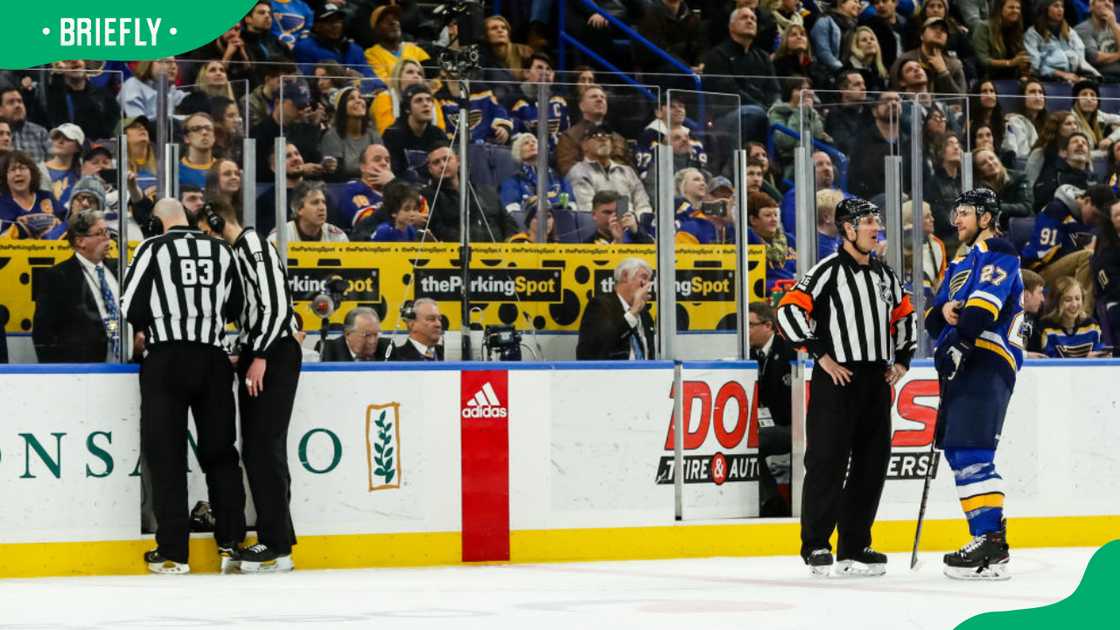
Source: Getty Images
Types of hockey offsides
As explained by Flo Hockey, there are three types of offsides in hockey: delayed, intentional, and offside deflection.
Delayed
It happens when the player with the puck is behind his teammates, but one or more teammates skate into the offensive zone before the puck. In this case, the play is whistled dead if it is allowed to continue as long as the attacking side does not touch the puck.
Intentional
The offence occurs when a player on the attacking team intentionally sends the puck into the offensive zone before their teammates. The referee awards a penalty and a faceoff in the offending team's defensive zone.
Deflection
It occurs when an athlete on the attacking team deflects a puck into the offensive zone ahead of their teammates. In this case, no penalty is awarded, and the game continues.
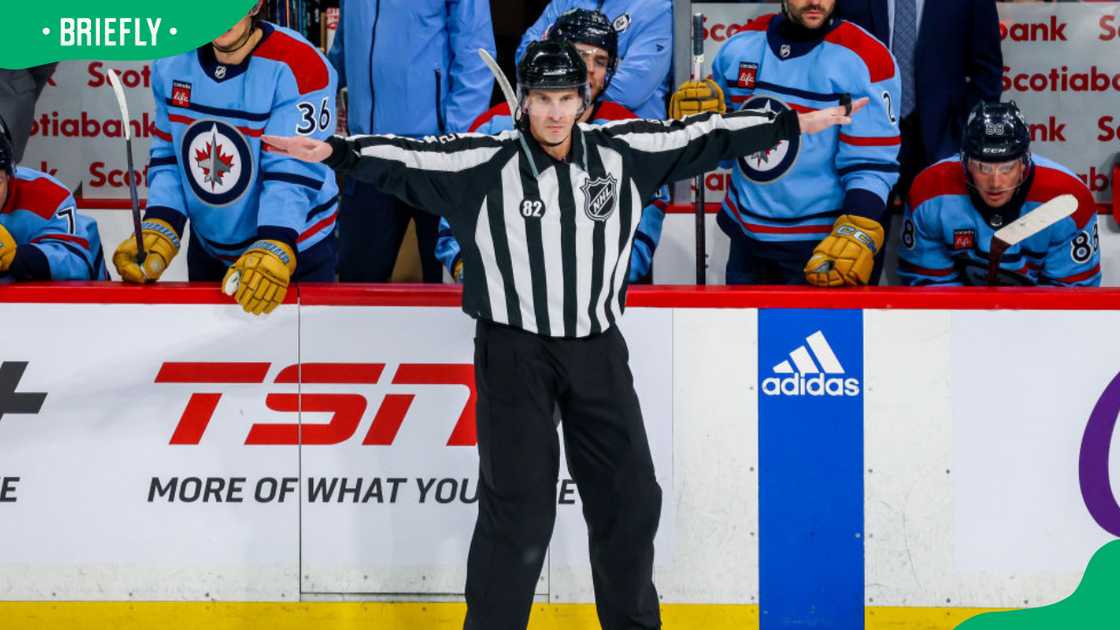
Source: Getty Images
Hockey offside rules for dummies
Like any sport, hockey has rules and regulations that athletes and coaches should follow to ensure fair play. Some people may not understand specific terms and jagons used in the sport.
- The puck must enter the offensive zone before any attacking players.
- It is offside if an attacking athlete crosses the blue line before the puck.
- When this occurs, play stops, and a faceoff occurs outside the attacking zone, usually in the neutral zone.
How do you explain the offside rule to a child hockey?
It is advisable to use simple language when explaining the offence to kids. Practical examples and demonstrations will also help children understand how offsides occur and how to avoid them during a game.
What is the difference between offsides and icing in hockey?
Offsides and icing have distinct regulations, yet they both stop play. Icing occurs when a player passes or shoots a puck that crosses the centre line and goal line untouched. The rule helps prevent teams from throwing the ball down the ice to release pressure.
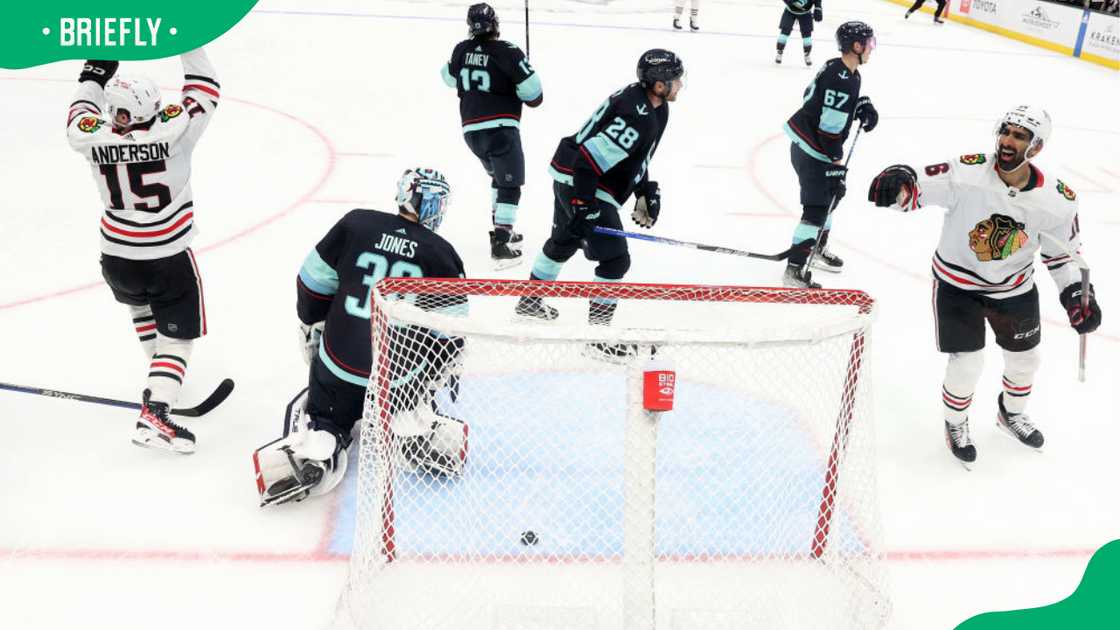
Source: Getty Images
What is the new offside rule in the NHL?
The NHL revised the offside rule in 2019 to address a situation when an athlete goes off the ice for a line change in the attacking zone during a delayed offside. Scouting The Refs tweeted about the change in wording:
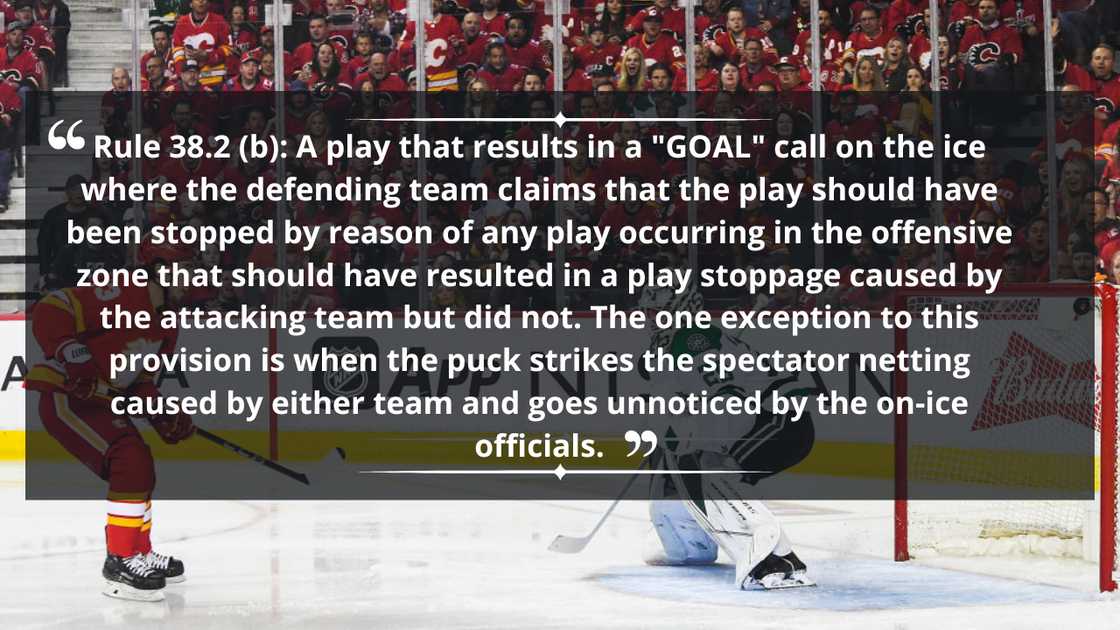
Source: Getty Images
Coaches can also challenge offside calls through video reviews. The scoring team may have their goal overturned after review.
Frequently Asked Questions
Offsides are essential to ice hockey and may create or ruin a scoring opportunity. The result depends more on where the athlete skates than on where his stick is. Here are frequently asked questions about the offence.
- What is the offsides rule in hockey? It is a rule determined by the position of the player's skates. A player makes the offence if both skates cross the blue line into the offensive zone before the puck. If one skate is on the blue line and the other is over it, the athlete is onside.
- What happens after offsides in hockey? The referee stops the play, and a faceoff is conducted in the defending zone of the team that breached the rule.
- Can a referee call offsides in hockey? Yes. When an athlete gains an unfair advantage, referees blow the whistle and point to the offending team's end zone.
- Can offsides occur in all zones of the ice? No. They only apply to the offensive zone, the area between the opponent's blue and goal lines.
- What do offsides in hockey mean? It refers to when an attacking player precedes the puck over the defending team's blueline. When this occurs, the referee stops the game by blowing the whistle.
- What is the purpose of the offsides rule in hockey? The rule offers fair play by preventing athletes from positioning themselves too close to the opponent's goal before the puck arrives. It encourages teams to time their attacks and maintain proper positioning.
Understanding offsides in hockey is crucial for enjoying the game. Whether you are a player, coach, or fan, knowing the offence and how it works will help you avoid confusion and enhance your appreciation of the sport.
READ ALSO: What is a birdie in golf? Meaning, rules, and how it is scored
Briefly.co.za published an article explaining a birdie in golf, its rules and how it is played. Golf is an exciting sport enjoyed by people of all ages, and despite its popularity, some people need help understanding the game's rules and terminologies.
Source: Briefly News

